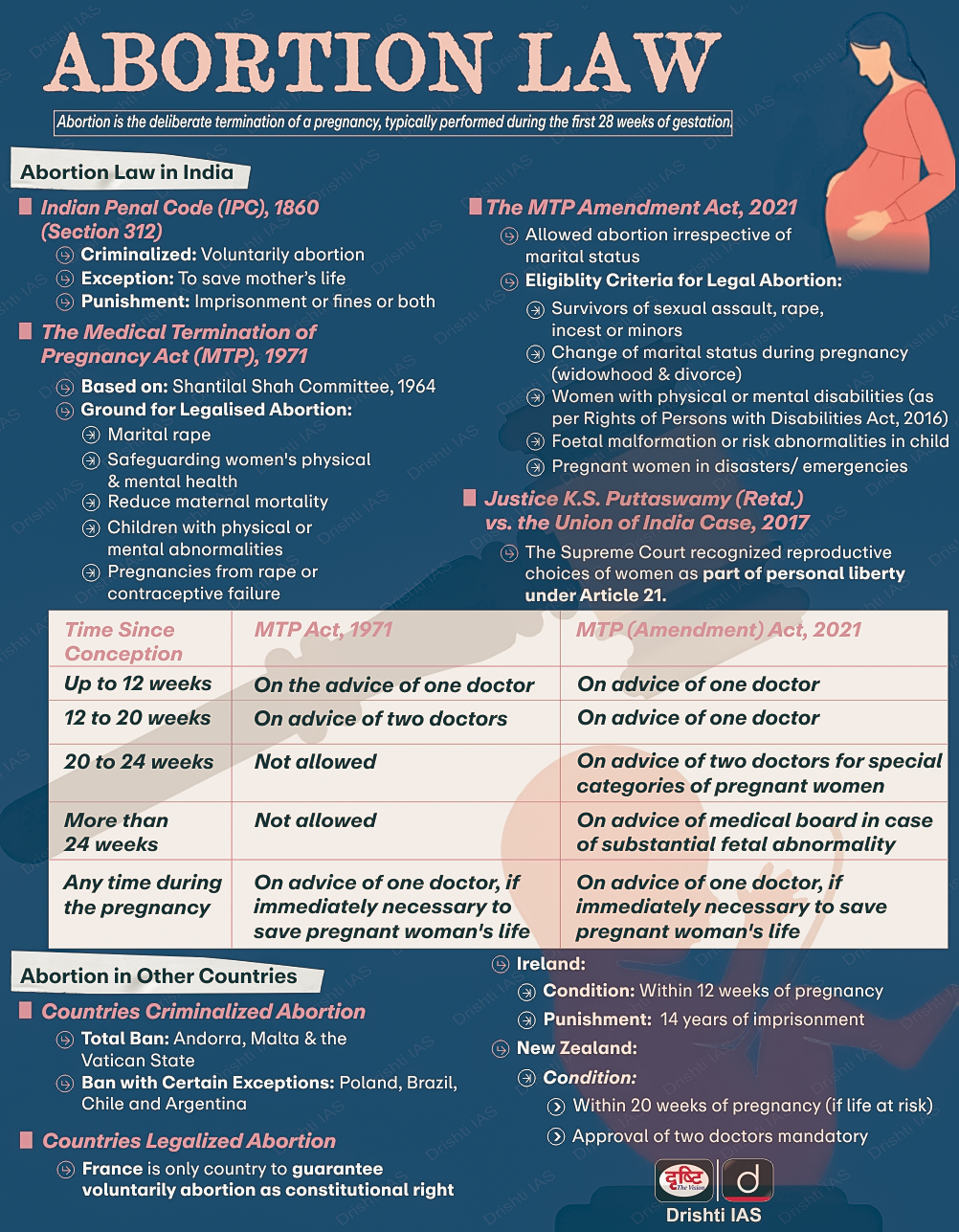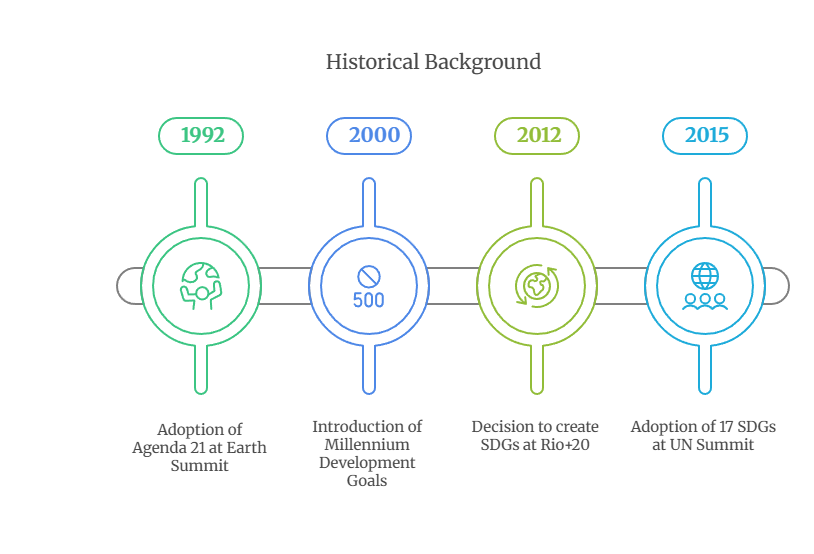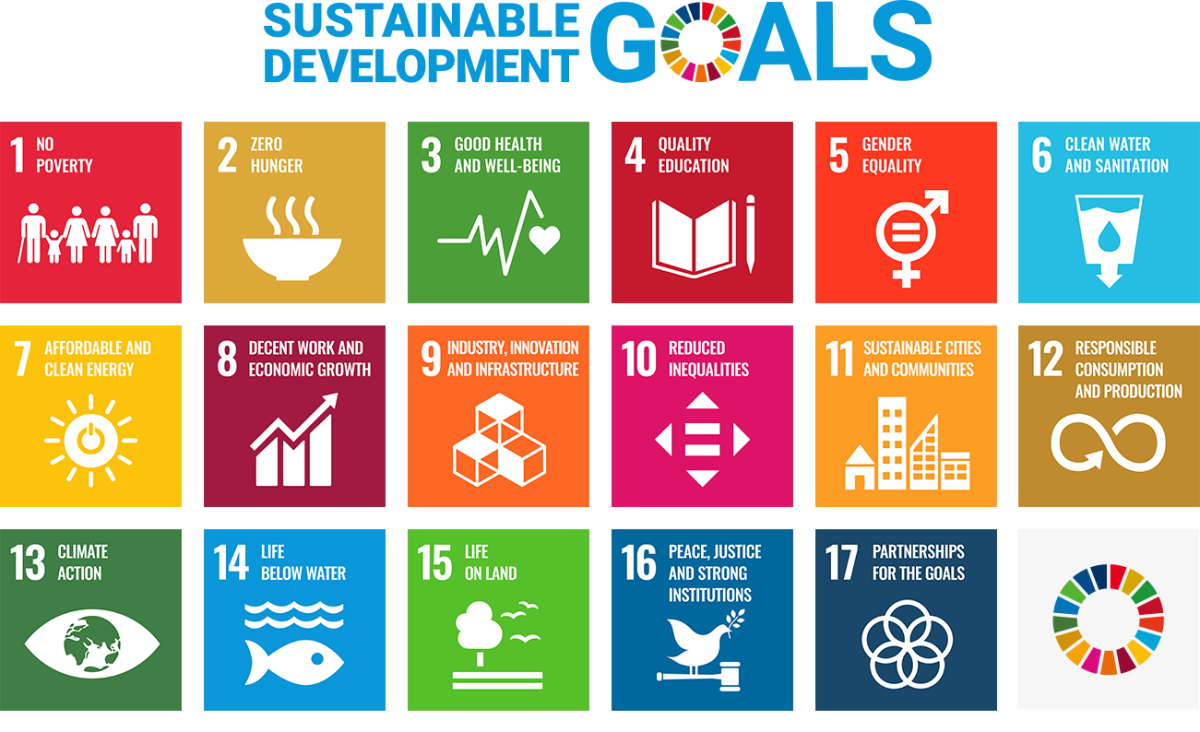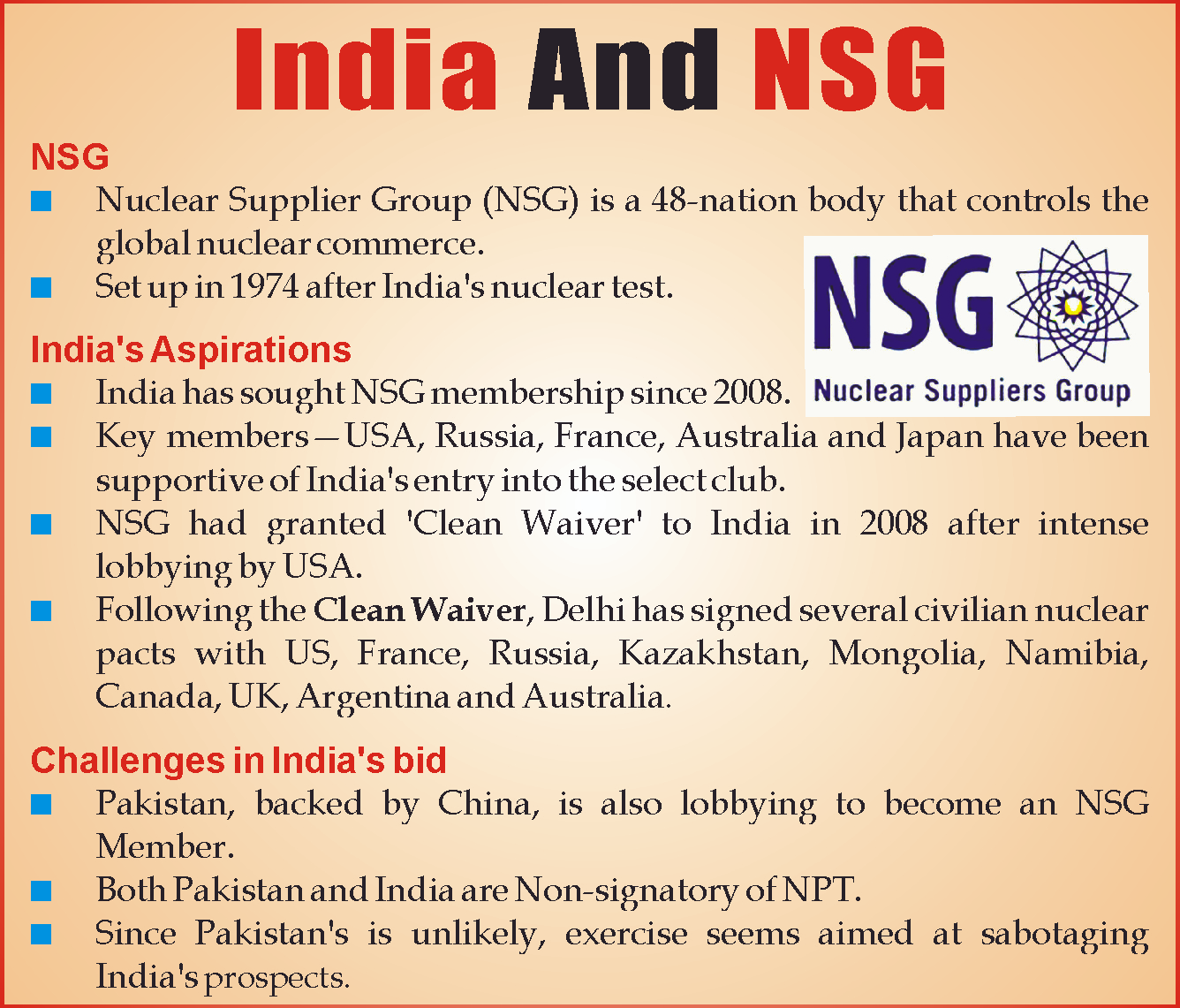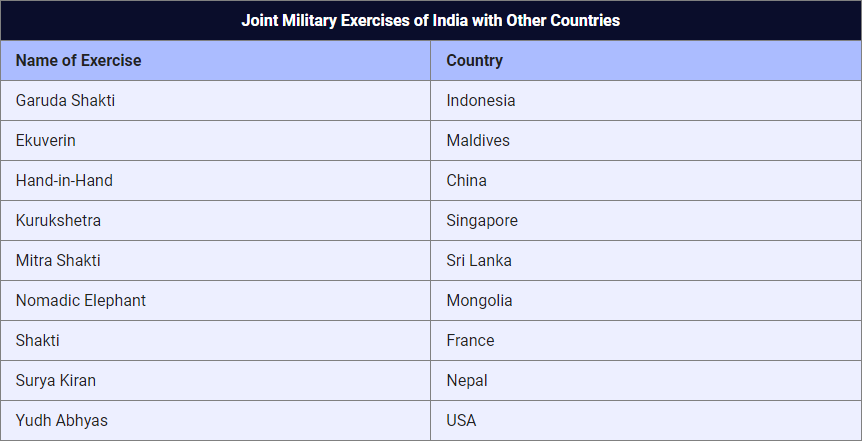Social Justice
Barriers to Abortion Access in India
For Prelims: Supreme Court, Bharatiya Nyaya Sanhita, Article 21, Medical Termination of Pregnancy Act, 1971
For Mains: Abortion Laws in India, Women's Autonomy and Reproductive Rights in India
Why in News?
The Supreme Court's (SC) denial of late-term abortions in borderline foetal viability cases (24–30 weeks), has reignited the debate over reproductive rights in India..
- Despite legal reforms, ethical dilemmas, procedural delays continue to obstruct timely access to abortions.
What is Abortion?Click here to Read: Abortion |
What is the Legal Framework for Abortion in India?
- Pre-1971 Legal Position: Under the Indian Penal Code (IPC) Sections 312 and 313, abortion was a criminal offence.
- Shantilal Shah Committee: In response to increasing unsafe abortions and maternal mortality, it recommended a broadening and rationalisation of laws related to abortion in 1966 to protect women’s health.
- MTP Act, 2021: The Medical Termination of Pregnancy (MTP) Act, 1971, last amended in 2021, allows abortion up to 20 weeks with the approval of one registered medical practitioner (RMP).
- Between 20 and 24 weeks with the approval of two RMPs.
- Beyond 24 weeks, a state medical board determines abortion eligibility based on specific conditions, such as foetal abnormalities incompatible with life or a serious risk to the mother's physical or mental health.
- Bharatiya Nyaya Sanhita: The Bharatiya Nyaya Sanhita (BNS) (formerly the IPC) continues to criminalize abortion outside these legal exceptions of MTP Act, 2021.
- Judicial Interventions: Justice K.S. Puttaswamy v. Union of India, 2017 affirmed that abortion is part of a woman’s right to privacy and liberty under Article 21.
- The SC ruled that unmarried women with pregnancies between 20 and 24 weeks are entitled to the same abortion rights as married women, affirming that reproductive autonomy, dignity, and privacy grant all women equal rights to choose whether to continue a pregnancy.
What are the Barriers to Abortion Access?
- State Mandated Polices: Mandatory pregnancy registration in states like Haryana risks violating Section 5A of the MTP Act (which ensures strict confidentiality for women undergoing abortions) compromising women’s confidentiality, increasing stigma, and potentially pushing them toward unsafe abortions.
- Lack of Abortion-on-Demand: Abortion in India is conditional, unlike in jurisdictions (like US) where reproductive autonomy is paramount.
- Foetal viability: Foetal viability is medically and ethically uncertain, generally assumed at 24 weeks but dependent on medical infrastructure and gestational health.
- Advances in neonatal care may further reduce this threshold, impacting abortion laws.
- Courts weigh foetal rights against a woman's autonomy, especially in borderline viability cases (24–30 weeks), often overlooking mental or emotional well-being.
- Medical Board Delays: Decisions are made on a case-by-case basis, often leading to delays that push pregnancies even further.
- Boards lack standardised protocols and may apply subjective ethical considerations (perceptions of foetal life) over clinical evidence.
- Specialist Shortage: Abortion laws require gynecologists or obstetricians, but rural areas face a 70% shortage, per 2019–20 Rural Health Statistics and lacks neonatal intensive care units (NICUs).
- Legal Fear: Since abortion is an exception rather than a guaranteed right, healthcare providers fear legal liability, especially in complex cases.
- Hospitals sometimes require unmarried women to report to the police, leading to potential legal complications.
- Stigma: Women seeking late-term abortions are often met with judgmental attitudes, and intrusive questions. Unmarried women, minors, or widowed face even greater scrutiny.
What Can Be Done to Improve Access to Abortion Care?
- Abortion as a Healthcare Right: Shift from a permission-based approach to a rights-based framework, recognizing abortion as essential healthcare within legal gestational limits.
- Enhance Privacy Protections: Avoid mandatory pregnancy registration; reinforce confidentiality as per Section 5A of the MTP Act.
- Medical Abortion (MTP) Pills: Ensure availability of MTP pills across pharmacies and health centres with regulatory oversight.
- Expand Provider Base: Train general physicians and mid-level providers for early-stage MTPs. Strengthen rural healthcare infrastructure to ensure safe and timely access.
- Improve Sex Education: Enhance sex education with accurate, stigma-free information on contraception, and abortion to prevent unwanted pregnancies and unsafe procedures.
|
Drishti Mains Question: What are the barriers to Abortion Access in India across different socio-economic contexts, and what can be done to ensure reproductive justice? |
UPSC Civil Services Examination, Previous Year Question:
Mains
Q. What are the continued challenges for Women in India against time and space? (2019)

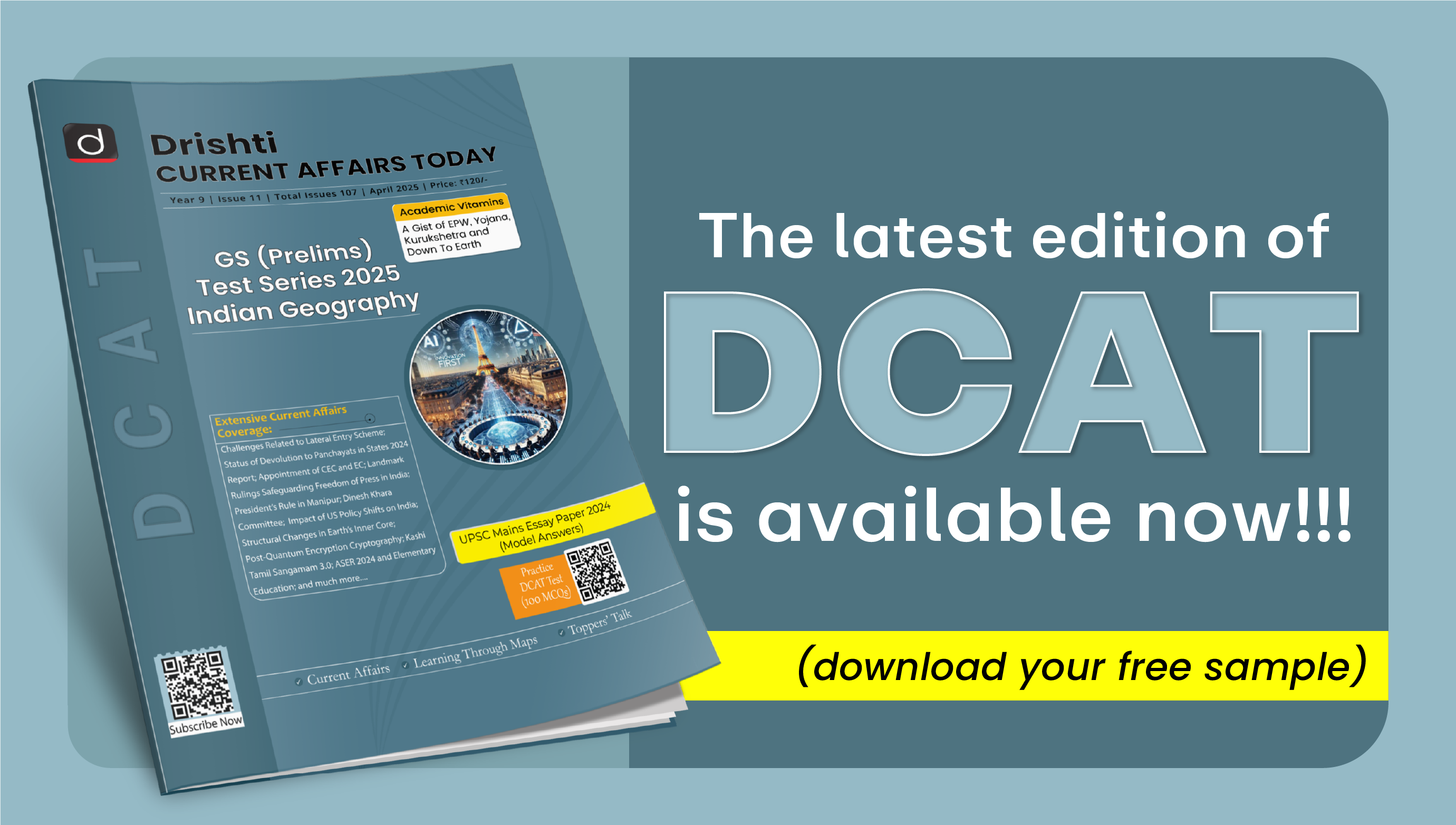
Biodiversity & Environment
SDG Progress & Challenges
For Prelims: Sustainable Development Goals (SDG) Index 2024, Sendai Framework for Disaster Risk Reduction, Addis Ababa Action Agenda, Paris Agreement, ESG Reporting.
For Mains: SDGs, challenges associated with it and way forward.
Why in News?
India has shown significant improvement in its Sustainable Development Goals (SDG) index 2024 ranking which has improved to 109th out of 166 countries.
- States have also demonstrated better performance, with an average increase of five units in the composite index over the past three years.
How Has India Performed on SDGs So Far?
- Overall Progress: India’s SDG index score improved from 57 (2018) to 71 (2023-24).
- States Performance: Kerala & Uttarakhand lead with 8 goals each scoring above 80 (above 80 score is an indicator of achievement).
- However, over 9 states recorded a decline in No Poverty (Goal 1), Gender Equality (Goal 5), Reduced Inequality (Goal 10), and Strong Institutions (Goal 16).
- Target Specific Progress:
- SDG-3: Maternal Mortality Ratio reduced from 130 (2014-16) to 97 (2018-20) per 1,00,000 live births.
- SDG-4: The Gross Enrolment Ratio (GER) in higher education rose from 23.7% to 28.4% between 2014-15 and 2021-22.
- SDG-6: Over 95% of people in rural areas and 97.2% in cities are having access to improved sources of drinking (potable) water during 2020-2021.
- SDG-7: India’s renewable energy capacity increased from 180.80 GW in December 2023 to 209.44 GW in December 2024.
- Budgetary Allocations: Some states (like Haryana, Odisha, Meghalaya) now publish SDG-specific budgets.
- Developing nations need USD 4 trillion annually to meet SDGs.
What are the Key Highlights of the SDG Report, 2024?Click Here to Read: Key Highlights of the SDG Report, 2024 |
What are Sustainable Development Goals?
- About: SDGs are 17 interconnected goals addressing global challenges like poverty, inequality, climate change, and environmental degradation.
- It was adopted in 2015 by 193 UN Member States as part of the 2030 Agenda for Sustainable Development
- Aim: It aims to achieve peace, prosperity, and sustainability by 2030 through global partnership.
- Historical Background:
- Core Principles of SDGs:
- Universality: Apply to all countries (developed & developing).
- Integration: Progress in one goal affects others (e.g., poverty reduction improves education).
- Leave No One Behind: Focus on marginalized & vulnerable groups.
- Multi-Stakeholder Approach: Requires governments, businesses, civil society, and citizens.
- SDGs List:
- Monitoring: Global Sustainable Development Report (GSDR) assesses progress every 4 years.
- Supporting Agreements:
- Sendai Framework for Disaster Risk Reduction to strengthen disaster resilience.
- Addis Ababa Action Agenda for financing sustainable development.
- Paris Agreement on Climate Change for combating climate change.
What are the Challenges in Implementation of SDGs?
- War & Political Instability: Conflicts in key resource-producing nations (e.g., 30% of global wheat exports from Russia & Ukraine) trigger food shortages worldwide.
- In war-torn regions, basic needs like healthcare (SDG 3) and education (SDG 4) become unattainable.
- Economic Disparities: Developing nations rely on forestry, mining, and fossil fuels for economic growth, conflicting with climate goals (SDG 13).
- Wealthier countries push for sustainability, but poorer nations lack funds & technology to transition.
- Governmental Challenges: Some governments prioritize short-term economic gains over sustainability (e.g., fossil fuel lobbying).
- Shutting down polluting industries without alternatives increases unemployment (SDG 8) and poverty (SDG 1).
- Poverty & Inequality: 650 million people still face hunger, while 10% lack electricity—key barriers to SDG 1 (No Poverty) and SDG 7 (Clean Energy).
- Rural areas lag in education, healthcare, and jobs, worsening inequality (SDG 10).
- Global Economic Crises: Covid-19 pushed millions into poverty, reversing years of progress (e.g., 5 million in Southeast Asia alone).
- Economic downturns in one country (e.g., US recession) hurt trade partners (e.g., Mexico), disrupting SDG progress.
Way Forward
- Conflict Resolution: Increase UN-mediated negotiations to resolve ongoing wars (e.g., Ukraine, Sudan).
- Expand initiatives like Finance for Peace to fund post-conflict recovery.
- Finance for SDGs: Developed nations must fulfill their 0.7% GDP aid commitment to unlock USD 4 trillion annually.
- Private sector engagement through impact investing and SDG bonds can support developing nations.
- Country-Specific SDG Strategies: Each nation should focus on most urgent SDGs (e.g., India improving Gender Equality (SDG 5) and Reduced Inequality (SDG 10)).
- Multi-Stakeholder Collaboration: Mandating environmental, social and governance (ESG) reporting for large firms can strengthen corporate SDG commitments, while AI and blockchain can enhance SDG monitoring.
|
Drishti Mains Question: Discuss the challenges in achieving Sustainable Development Goals (SDGs)? |
UPSC Civil Services Examination, Previous Year Questions (PYQs)
Prelims
Q. The Partnership for Action on Green Economy (PAGE), a UN mechanism to assist countries transition towards greener and more inclusive economies, emerged at (2018)
(a) The Earth Summit on Sustainable Development 2002, Johannesburg.
(b) The United Nations Conference on Sustainable Development 2012, Rio de Janeiro.
(c) The United Nations Framework Convention on Climate Change 2015, Paris.
(d) The World Sustainable Development Summit 2016, New Delhi.
Ans: (b)
Q. Sustainable development is described as the development that meets the needs of the present without compromising the ability of future generations to meet their own needs. In this perspective, inherently the concept of sustainable development is intertwined with which of the following concepts? (2010)
(a) Social justice and empowerment
(b) Inclusive Growth
(c) Globalization
(d) Carrying capacity
Ans: (d)
Mains
Q. Access to affordable, reliable, sustainable and modern energy is the sine qua non to achieve Sustainable Development Goals (SDGs).” Comment on the progress made in India in this regard. (2018)


Indian Economy
Reassessing Food Subsidies in India
For Prelims: Household Consumption Expenditure Survey, National Food Security Act (NFSA), 2013, NITI Aayog, Multidimensional Poverty
For Mains: Need to Reform the Food Subsidy Programmes in India, State of Poverty in India, Government Measures for Poverty Elimination.
Why in News?
The Household Consumption Expenditure Survey (HCES) 2023-24 reveals a significant rise in household incomes, reduced poverty levels, and improved food expenditure capacity. This raises the need to reassess the National Food Security Act (NFSA), 2013, which was based on 2011-12 data and currently provides highly subsidized food to over 81 crore people.
Poverty Lines Estimation in India
- Tendulkar Committee (2009): Defined the poverty line based on minimum calorie intake, setting it at Rs 27/day for rural and Rs 33/day for urban areas (2004-05 prices), emphasizing income and basic needs for poverty measurement.
- This metric continues to form the basis of India's official poverty assessment.
- Rangarajan Committee (2014): Revised the poverty line to Rs 32/day for rural and Rs 47/day for urban areas, considering broader consumption patterns and socio-economic factors, including education and health.
- Estimated poverty rate at 29.5% for 2011-12, compared to 21.9% by Tendulkar.
- The report is not adopted for official planning or poverty estimates.
Why is there a Need to Reassess the Food Subsidy Programmes in India?
- Rising Consumption: The Monthly Per Capita Consumption Expenditure (MPCE) has seen a significant rise across both rural and urban areas.
- In 2023-24, rural MPCE increased to Rs 4,122 (from Rs 2,079 at 2011-12 prices), marking a 45% rise from 2011-12 levels, while urban MPCE reached Rs 6,996 (from Rs 3,632 at 2011-12 prices), reflecting a 38% increase.
- Decline in Poverty Levels: A recent study by SBI (2025) estimates India's poverty ratio at 4-4.5% in 2024, with extreme poverty of around 6.7 crore people in poverty.
- Using the inflation-adjusted Tendulkar poverty line, it estimated that rural poverty declined from 25.7% in FY12 to 4.86% in FY24, while urban poverty fell from 13.7% in FY12 to 4.09% in FY24.
- India’s extreme poverty fell to 8.7% (12.9 crore people) in 2024 from 21.9% in 2011-12 (World Bank).
- Only 11.28% of the population was living in multidimensional poverty in FY23, as per the MPI.
- Discrepancy in NFSA Beneficiary Coverage: The NFSA provides subsidized food to 81 crore people (75% rural and 50% urban population).
- However, with poverty now around 10%, the coverage exceeds the actual need, indicating that many Priority Household (PHH) beneficiaries may no longer require subsidies.
- Opportunity Cost of Food Subsidy: The government spends Rs 2 lakh crore annually on NFSA.
- Rationalizing beneficiary coverage could free up resources for key sectors like employment generation, industrial growth, and social infrastructure.
- Shanta Kumar Committee (2015): It also recommended reducing the PDS coverage to 40% of the population to better target subsidies.
What are the Key Highlights of the HCES 2023-24?Click to Read: Key Findings of the HCES 2023-24 What is the Status of Poverty in India?Click to Read: Poverty in India |
Antyodaya Anna Yojana (AAY) & Priority Households (PHH)
- Under the National Food Security Act (NFSA), 2013, beneficiaries are categorized into AAY and PHH.
- Antyodaya Anna Yojana (AAY) Households: AAY covers the poorest of the poor, including landless laborers, marginal farmers, and daily wage earners. Each household receives 35 kg of food grains per month under NFSA.
- Priority Households (PHH): PHH includes vulnerable populations identified by states based on socio-economic criteria.
- Each member is entitled to 5 kg of food grains per month, totaling around 20 kg per family (average size: 4.2).
- Coverage: AAY covers around 9 crore people, while PHH covers 72 crore people, making up NFSA’s 81 crore total beneficiaries.
What is the National Food Security Act (NFSA), 2013?Click to Read: National Food Security Act (NFSA), 2013 |
How Can Food Subsidy Programmes Be Made More Effective?
- Data-Driven Targeting: Using HCES 2023-24 data, NFSA beneficiary lists can be rationalised based on current poverty levels.
- Setting clear inclusion and exclusion criteria will help ensure that only those who truly need assistance receive benefits.
- Gradual Reform of Food Subsidies: Continue food subsidies for Antyodaya Anna Yojana (AAY) households while transitioning Priority Households (PHH) to Direct Benefit Transfer (DBT) for greater flexibility.
- Implement a phased plan to reduce subsidized foodgrain dependence for non-poor households.
- Technology-Driven Transparency: Use Aadhaar-linked databases and AI-based monitoring to prevent leakages, while integrating tax, vehicle, and employment records to update beneficiary lists.
- Shift Toward Nutritional Security: Focus on providing nutrient-rich foods (fruits, vegetables, pulses) to combat micronutrient deficiencies like anemia and stunted growth.
- As per the State of Food Security and Nutrition in the World (2023), around 74% of India's population could not afford a healthy diet.
- Local Purchase with DBT: Allow beneficiaries to purchase food from local markets using DBT-linked accounts, reducing transportation costs and making distribution more efficient, thereby lowering the food subsidy bill.
- Universal Basic Income (UBI) and Policy Realignment: Introduce UBI or unemployment benefits to provide direct financial support, ensuring a minimum standard of living.
- As spending shifts towards education, healthcare, and housing, food security policies must adapt to focus on broader socio-economic needs, improving access to essential services alongside affordable food.
Conclusion
With the significant reduction in poverty levels and enhanced household consumption capacity, the expansive coverage of the National Food Security Act (NFSA) may require reassessment. Optimizing the food subsidy program can help reallocate resources towards employment generation and economic growth, fostering a more sustainable and inclusive welfare system for India.
|
Drishti Mains Question: Examine the need for reassessing food subsidy programs in India. Suggest measures to enhance efficiency and targeting in food distribution. |
UPSC Civil Services Examination, Previous Year Question (PYQ)
Prelims
Q. The Multi-dimensional Poverty Index developed by Oxford Poverty and Human Development Initiative with UNDP support covers which of the following? (2012)
- Deprivation of education, health, assets and services at household level
- Purchasing power parity at national level
- Extent of budget deficit and GDP growth rate at national level
Select the correct answer using the codes given below:
(a) 1 only
(b) 2 and 3 only
(c) 1 and 3 only
(d) 1, 2 and 3
Ans: (a)
Mains
Q. Despite Consistent experience of high growth, India still goes with the lowest indicators of human development. Examine the issues that make balanced and inclusive development elusive. (2016)
Q. Professor Amartya Sen has advocated important reforms in the realms of primary education and primary health care. What are your suggestions to improve their status and performance? (2016)


Important Facts For Prelims
IAEA Backs India’s NSG Bid via MECR
Why in News?
The International Atomic Energy Agency (IAEA) has backed India’s entry into the Nuclear Suppliers Group (NSG), a key body within the 4 major Multilateral Export Control Regimes (MECR).
What are Multilateral Export Control Regimes (MECR)?
- About: MECR are voluntary frameworks aimed at preventing the proliferation of Weapons of Mass Destruction (WMDs) and restricting the transfer of sensitive technologies.
- India is a member of 3 out of the 4 MECRs, except the NSG.
- Key Features: They function independently of the United Nations (UN).
- Their regulations apply only to members, and participation is voluntary.
4 Major Regimes:
- Australia Group (AG):
- AG was formed in 1985 as an informal forum of 43 countries aimed at preventing the proliferation of chemical and biological weapons.
- The group helps members comply with the Chemical Weapons Convention and Biological & Toxin Weapons Convention.
- India joined it in 2018, strengthening its position for membership in the NSG and advancing global non-proliferation objectives.
- Missile Technology Control Regime (MTCR):
- MTCR is a voluntary, informal partnership of 35 countries, established in 1987, which aims to limit the proliferation of missiles and unmanned aerial vehicles (UAVs) capable of delivering WMDs.
- It restricts the supply of such systems to non-members and is based on consensus decisions.
- India joined as the 35th member in 2016, gaining access to advanced missile technologies. Members are obligated to share military information and consult on exports.
- Wassenaar Arrangement:
- It aims to regulate the transfer of conventional arms and dual-use technologies.
- It establishes lists of sensitive items for export controls to prevent destabilizing arms buildups and ensures that transfers do not enhance military capabilities that could undermine global stability.
- Member countries are required to implement controls and report on the transfer of controlled items.
- India joined it in 2017.
- Nuclear Suppliers Group (NSG):
- NSG was formed in response to India's 1974 nuclear tests, aims to prevent nuclear proliferation by regulating nuclear and related exports.
- It has 48 members and a Trigger List that restricts the export of certain nuclear items to non-nuclear Non-Proliferation Treaty (NPT) signatories.
- India's NSG membership bid has been blocked by China, which calls for non-discriminatory procedures for countries outside the NPT and links India's entry to Pakistan's membership, despite Pakistan's ineligibility.
IAEA
- It was established in 1957 for promoting the peaceful use of nuclear energy and preventing its military use, including nuclear weapons.
- It is headquartered in Vienna, Austria and was awarded the Nobel Peace Prize in 2005.
- It reports to both the UN General Assembly (UNGA) and the UN Security Council (UNSC).
UPSC Civil Services Examination, Previous Year Questions (PYQs)
Prelims:
Q. In India, why are some nuclear reactors kept under “IAEA safeguards” while others are not? (2020)
(a) Some use uranium and others use thorium
(b) Some use imported uranium and others use domestic supplies
(c) Some are operated by foreign enterprises and others are operated by domestic enterprises
(d) Some are State-owned and others are privately owned
Ans: (b)
Q. In the Indian context, what is the implication of ratifying the ‘Additional Protocol’ with the ‘International Atomic Energy Agency (IAEA)’? (2018)
(a) The civilian nuclear reactors come under IAEA safeguards.
(b) The military nuclear installations come under the inspection of IAEA.
(c) The country will have the privilege to buy uranium from the Nuclear Suppliers Group (NSG).
(d) The country automatically becomes a member of the NSG.
Ans: (a)


Facts for UPSC Mains
Need for Reforms in CBI
Why in News?
The Department-related Parliamentary Standing Committee on Personnel, Public Grievances, Law and Justice, in its 145th report recommended significant reforms in the Central Bureau of Investigation (CBI).
What are the Key Reforms Recommended by the Parliamentary Committee?
- Independent Recruitment Framework: Establish a CBI-specific exam via SSC, UPSC, or an independent body to create a permanent cadre with structured career growth.
- Establish an in-house expert team to reduce reliance on external specialists.
- Retain deputation only for senior positions that require diverse experience.
- Lateral Entry: Introduce lateral entry for specialists in cybercrime, forensics, financial fraud, and legal domains.
- Reduce dependence on external specialists by creating in-house expertise teams.
- Separate Law for CBI: Enact a separate law to grant CBI wider investigative powers in cases affecting national security and integrity without requiring state consent.
- The withdrawal of general consent by 8 states has restricted the CBI from investigating corruption and organized crime.
- Under Section 6 of the Delhi Special Police Establishment (DSPE) Act, 1946 CBI requires state government consent to investigate cases within a state unless:
- The Supreme Court, High Court, or Lokpal orders the investigation.
- The state has granted general consent for certain categories of cases.
What are Departmental Related Standing Committees?Click Here to Read: Departmental Related Standing Committees |
What are Key Facts About CBI?
- Establishment: Formed in 1963 based on the Santhanam Committee's recommendations (1962–64).
- Role: It investigates cases related to bribery, government corruption, central law violations, multi-state crime, and international cases.
- India's nodal agency for coordinating investigations with Interpol.
- Legal Framework: Operates under the DSPE Act, 1946.
- Administrative Control: Functions under the Ministry of Personnel, Public Grievances & Pensions (PMO).
- Supervision:
- Corruption Cases: Central Vigilance Commission (CVC) oversees investigations under the Prevention of Corruption Act, 1988.
- Other Cases: Supervised by DoPT under the Ministry of Personnel.
- CBI Director Appointment: Recommended by a committee comprising the PM, Leader of Opposition, and CJI (or SC judge) under the Lokpal Act, 2013.
- Tenure: 2 years, extendable up to 5 years in the public interest.
|
Drishti Mains Question: Q.Examine the significance of investigative autonomy for CBI in cases affecting national security and integrity. |
UPSC Civil Services Examination, Previous Year Question (PYQ)
Mains:
Q. The jurisdiction of the Central Bureau of Investigation (CBI) regarding lodging an FIR and conducting a probe within a particular state is being questioned by various States. However, the power of the States to withhold consent to the CBI is not absolute. Explain with special reference to the federal character of India. (2021)


Rapid Fire
Exercise Prachand Prahaar
The Indian Army conducted the tri-service integrated multi-domain warfare exercise Prachand Prahaar under the Eastern Command in Arunachal Pradesh.
About Exercise Prachand Prahaar:
- The exercise follows 'Exercise Poorvi Prahar' (Nov 2024) conducted along the India-China border, focusing on integrated use of aviation assets.
- It aims to enhance operational readiness and integration across the Army, Navy, and Air Force, while validating an integrated approach to surveillance, command, control, and precision firepower in modern warfare scenarios.
- It featured advanced platforms, including long-range reconnaissance aircraft, UAVs, armed helicopters, and space-based assets.
- Simulated targets were neutralized through coordinated strikes involving fighter aircraft, rocket systems, artillery and kamikaze drones (suicide drones or loitering munitions) in an electronically contested environment to replicate real battlefield conditions.
| Read More: Major Military Exercises of India |



